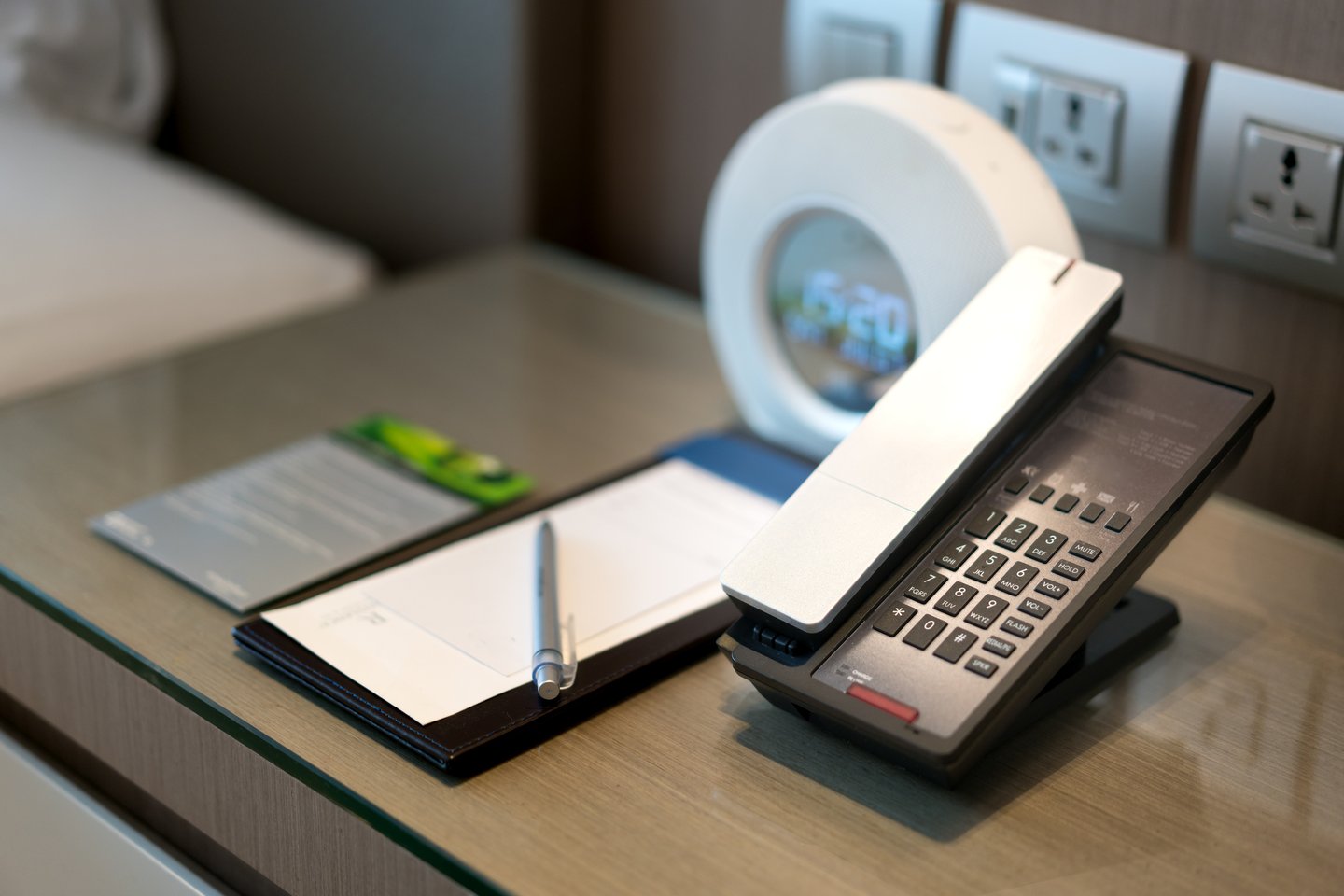SIP vs. Analog Trunking: What Hotels Need to Know About Upgrading their Phone System
When most businesses think about upgrading phone systems, their main concern is the system’s ability to meet the needs of their employees. For hotels, however, your guests’ needs are just as big a concern. Your guests will be affected by the switch from analog trunking to SIP (Session Initiation Protocol) as well.
Hotel executives are faced with an important question: Should you stick with the system you’re used to or make the leap and switch your hotel to a VoIP (Voice over Internet Protocol) system? Both analog and SIP systems have their pros and cons, so it’s worth taking some time to compare them.
Analog vs. SIP Trunking
What are Analog Trunks?
Traditionally, phone lines have worked on analog formats. These are the most simplistic phone lines, made of copper wire that runs from a local phone company to a specific business location. The two must be connected, as the phone company connects the business to the Public Switched Telephone Network (PSTN) so that calls can be made and received.
Pros
Analog trunks have been the main form of communication for decades, so they have a reputation for being reliable, and they generally boast good sound quality. Analog trunks are typically provided by the local telco and can be ordered easily.
Cons
The biggest issue with analog trunks is the cost. Nationally, the average is about $38 per month, per trunk. It's also important to consider that one phone line can handle only a single conversation at a time — a hotel property has to buy enough analog trunks to meet the usage expectations of their entire hotel, which means paying for trunks even when they’re not in use.
Finally, the cost to transmit long-distance phone calls is much higher via the PSTN than through IP connectivity, making calls more expensive to both you and your guests.
What is SIP Trunking?
SIP trunks transmit voice and other data digitally over the Internet instead of the traditional protocols of the PSTN. SIP trunks enable businesses to replace fixed PSTN lines with internet connectivity instead.
Pros
SIP trunking allows calls to be transmitted over your internet connection, bypassing the local phone company and their charges. This means you don’t pay for trunks you’re not using, and long-distance calling is also far less expensive. In many cases, SIP trunk providers include all long distance calling in the monthly flat price of a SIP trunk for calls made in the United States and Canada. Calls to other countries are still typically 50% less than telco rates.
With modern high-speed internet, you probably don’t even need to upgrade your internet service. A SIP trunk only requires around 100 Kbps of bandwidth, whereas most hotels are already using several Mbps per room already. Compared to high-speed browsing and streaming video, SIP connections are a drop in the bucket.
Cons
With careful planning, there aren't any significant drawbacks to SIP trunking. You will need to ensure that your hotel is equipped with enough bandwidth to handle call traffic, and ensure your network's integrity by managing network traffic to optimize voice communications over the data network.
You’ll also need to swap out your phone hardware — old handsets that plug into the wall will need to be replaced by VoIP-enabled ones. From there, you can keep up with new developments in VoIP systems as easily as updating the software on your computer.
- About the Author
Frank Melville is the CEO & President and one of the founding members of Phonesuite, a provider of Cloud PBX and on-premise hospitality communication systems for hotel managers and owners. His passion for the hospitality industry and deep understanding of both telephony and hospitality drives Phonesuite’s success. https://phonesuite.com/

